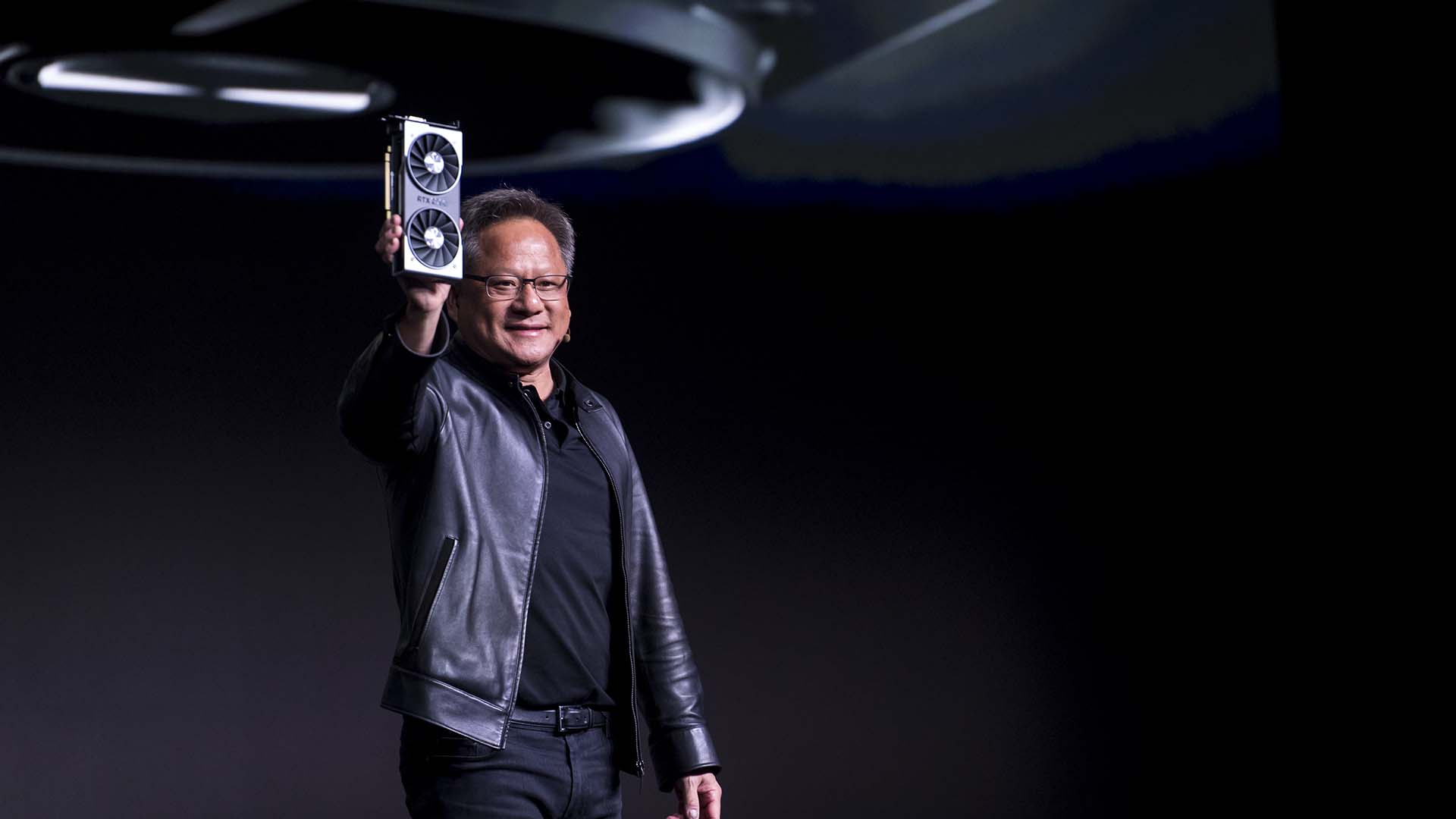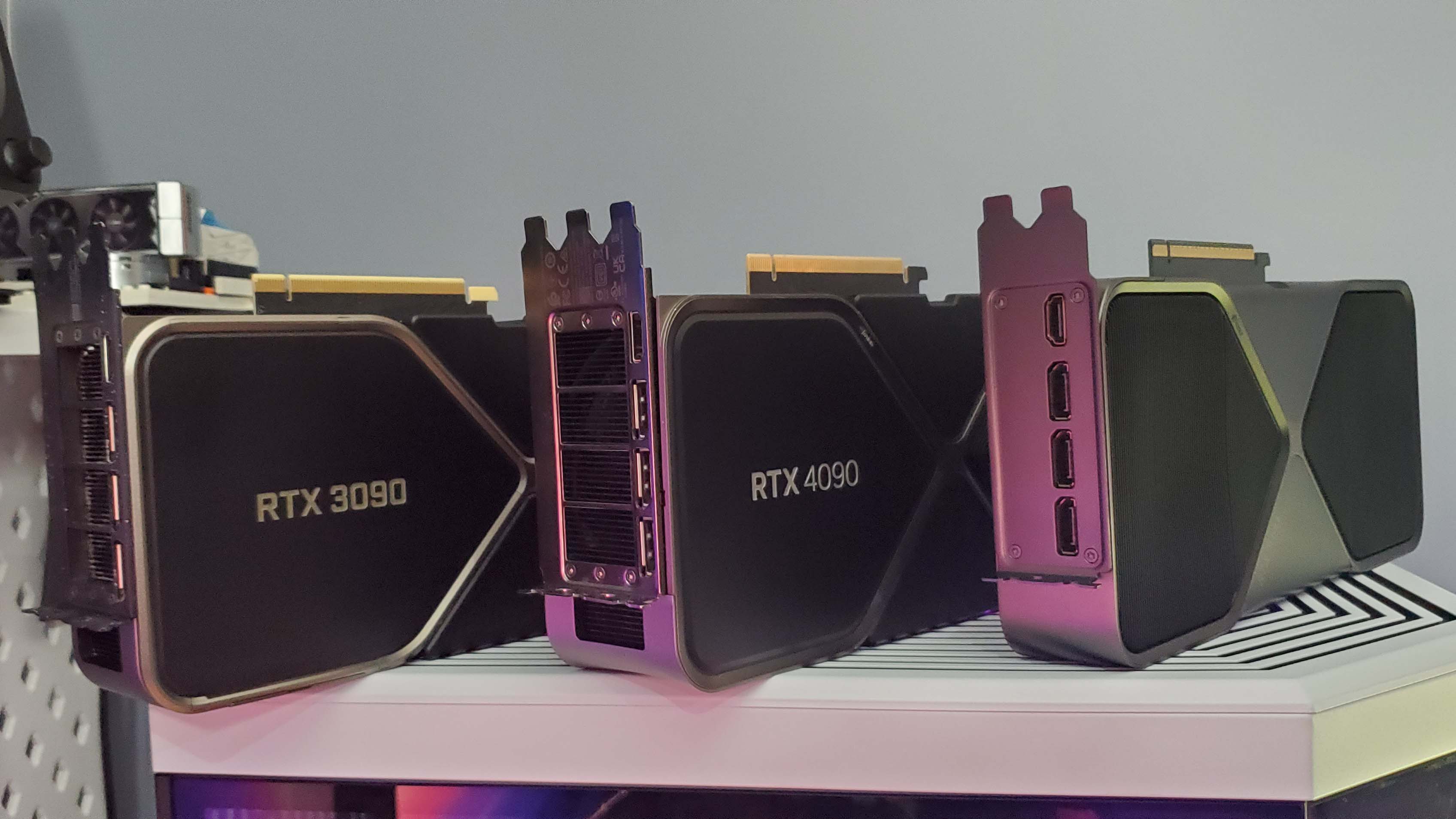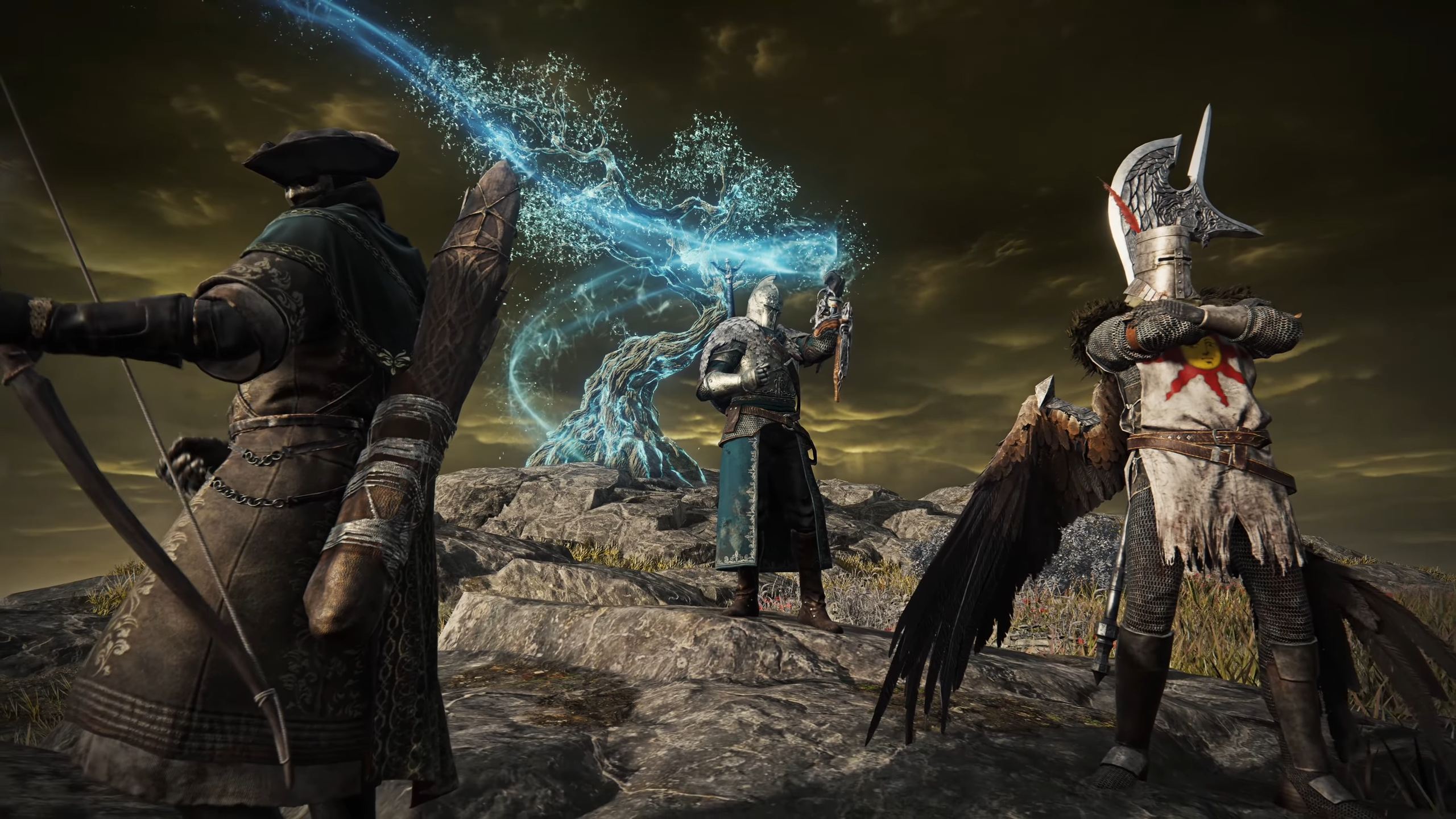
The surprising and yet unsurprising story of how Nvidia's AI-powered upscaling came to be.
Before and after upscaling. Arguably, that’s the most critical dividing line in gaming graphics hardware of the past 20 years. And it was, of course, Nvidia’s DLSS upscaling that created that inflection point on release in 2019. But now it turns out DLSS went from an idea to a new feature announced to the public in just two weeks. And it was all Nvidia CEO Jensen Huang’s idea, apparently.
If that’s an eye popping revelation, the fact that Nvidia also saw DLSS as a tool to charge more money for graphics cards is less surprising. But hold that thought. All of this comes courtesy of a new book on Nvidia, The Nvidia Way: Jensen Huang and the Making of a Tech Giant.
Author Tae Kim reveals that Nvidia CEO Jensen Huang invited executives to pitch ideas for his SIGGRAPH 2018 keynote just two weeks before the show. Huang was looking for something to really blow the audience away.
One suggestion was a new DLAA or Deep Learning approach to anti-aliasing. But it wasn’t enough for Huang. “A better-looking picture is not going to sell many GPUs,” he is said to have mused.
But the suggestion gave Huang an idea. “Instead of deep-learning anti-aliasing, which improved already great images, what if they could use Tensor cores to make lower-end cards perform as well as the top of the line?” Kim says, explaining Huang’s reasoning.
“Nvidia could use the image-enhancement function to sample and interpolate additional pixels, so that a card designed to render graphics natively at 1,440p resolution, also known as ‘Quad HD,’ could produce images at the higher-resolution 4K, “Ultra HD,” at a similar frame rate. AΙ would be used to fill in details to take the lower-resolution 1440p image to a higher-resolution 4K image,” Kim reveals.
“What would really help,” Kim says Huang exclaimed, “is if you could do deep-learning super sampling. That would be a big deal. Can you do that?” Apparently, Nvidia Research’s Aaron Lefohn replied that it might be possible.
A week later, Lefohn told Huang that their early results with this deep learning super sampling, or DLSS, were promising. “Put them on the slides,” Huang said. Thus, “Jensen had come up with DLSS on the spot,” Kim claims and DLSS duly got its very first mention in the SIGGRAPH keynote.
“The researchers had invented this amazing thing, but Jensen saw what it was good for. It wasn’t what they had thought,” senior Nvidia researcher David Luebke told Kim. “It shows what a leader Jensen is and how technical and smart he is.”
That is quite a story. Did it happen just like that? Did Huang really dream up in an instant what has become arguably the most important differentiating feature for Nvidia graphics cards in the last 20 years or so?
Best CPU for gaming: The top chips from Intel and AMD.
Best gaming motherboard: The right boards.
Best graphics card: Your perfect pixel-pusher awaits.
Best SSD for gaming: Get into the game ahead of the rest.
It seems almost too neat, to flattering to the great leader to be true. But maybe it is. What’s easier to go along with is that Huang saw the money making potential of DLSS just as quickly.
“He had seen the promise inherent in one technology and transformed that promise into a new feature with a better business case. Now, if DLSS worked, the company’s entire product lineup, from the low end to the high end, would become more proficient, and thus valuable, allowing Nvidia to charge higher prices,” Kim says.
Anywho, even if The Nvidia Way: Jensen Huang and the Making of a Tech Giant broadly paints a very flattering picture of Nvidia and Jensen Huang in particular, it’s still a fascinating read for anyone interested in PC technology. Even if DLSS’s inception wasn’t exactly as Kim describes, the notion that it went from a mere idea, however that idea was initiated, to a feature being discussed in a keynote is quite the revelation.






